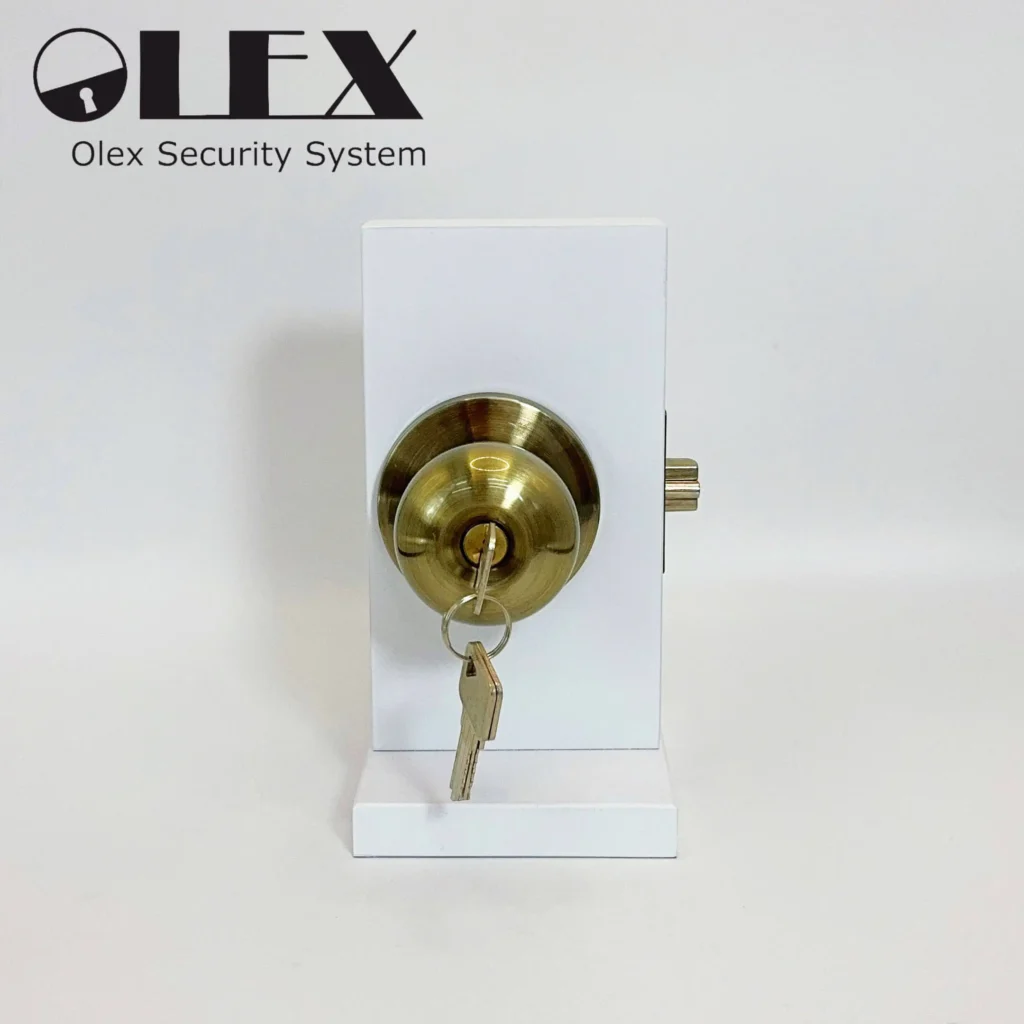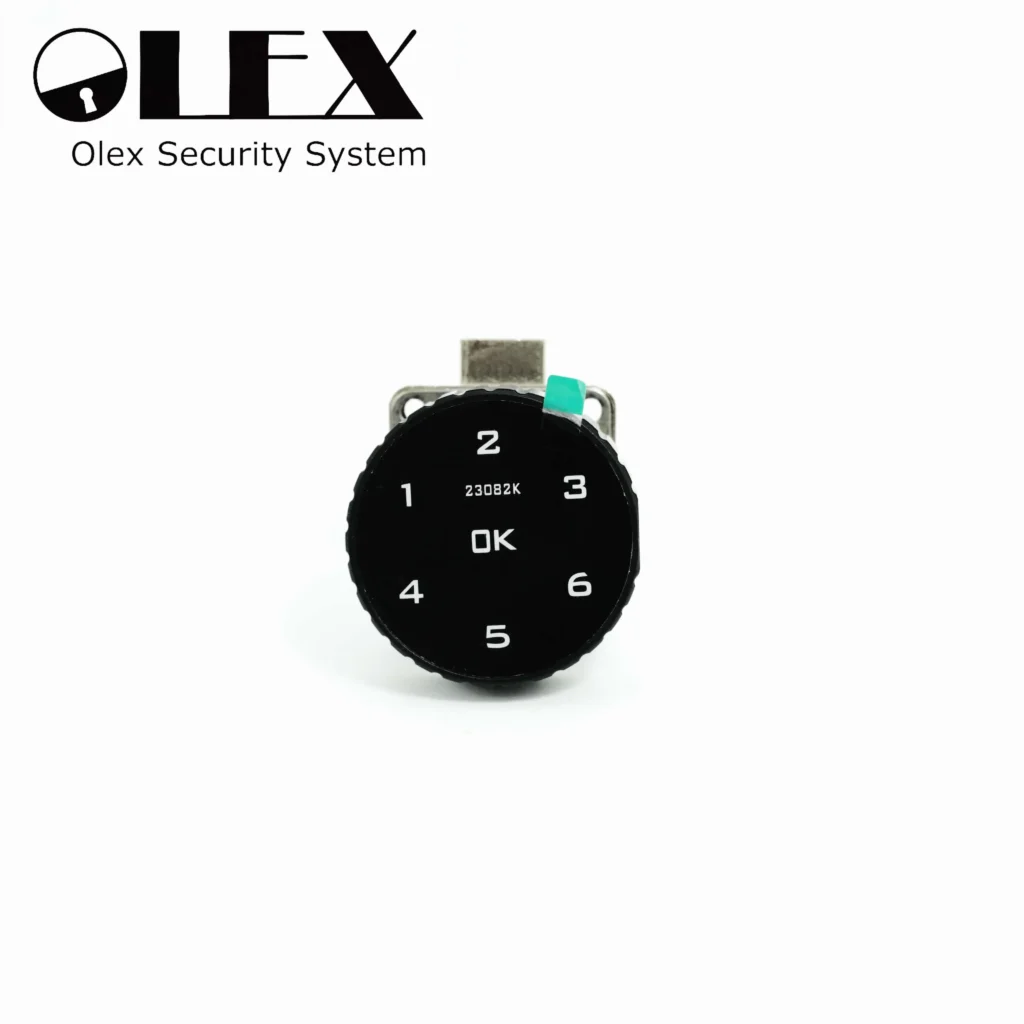10 Powerful Tips for Choosing the Best Smart Lock to Upgrade Your Home Security
Introduction
Do you often forget to bring your keys and wish you could remotely monitor your doorstep? Upgrading your traditional key lock to a smart lock could be the ideal solution for making your life more convenient and secure. Modern smart locks offer a range of advanced features like fingerprint unlocking, remote monitoring, one-time password changes, and more. But with so many brands and functionalities available, how do you choose the right smart lock for your home? This comprehensive guide will walk you through the essential factors to consider, from unlocking methods to auxiliary features, ensuring you make a well-informed decision.

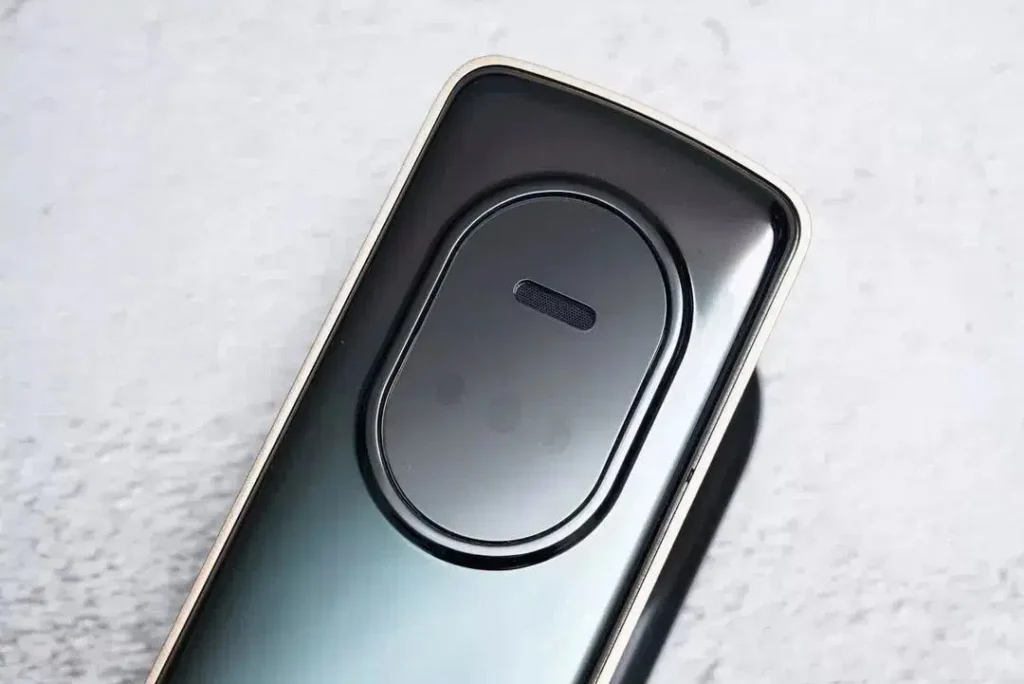
1. Prioritize the Right Unlocking Method
The first key to choosing a smart lock is selecting the most suitable unlocking method for your needs. Smart locks offer various ways to unlock your door, but in reality, you’ll likely use just one method most of the time. Here are the three most common unlocking methods:
- Fingerprint Recognition: This is the most popular and widely used method, especially among young adults with clear fingerprints. Fingerprint recognition is convenient, quick, and relatively affordable compared to other methods. It allows you to unlock your door with a simple touch, making it ideal for everyday use.
- Facial Recognition: Particularly beneficial for elderly individuals, facial recognition uses a camera to perform a 3D scan of the person standing at the door. This method is highly secure and eliminates the need for physical contact, which is especially useful in times of health concerns, like the current pandemic.
- Finger Vein Recognition: For those seeking the highest level of security, finger vein recognition is a great choice. This method scans the subcutaneous veins in your finger using infrared light, making it nearly impossible to replicate. It’s an excellent option for households with elderly members who may have difficulty using fingerprint recognition.
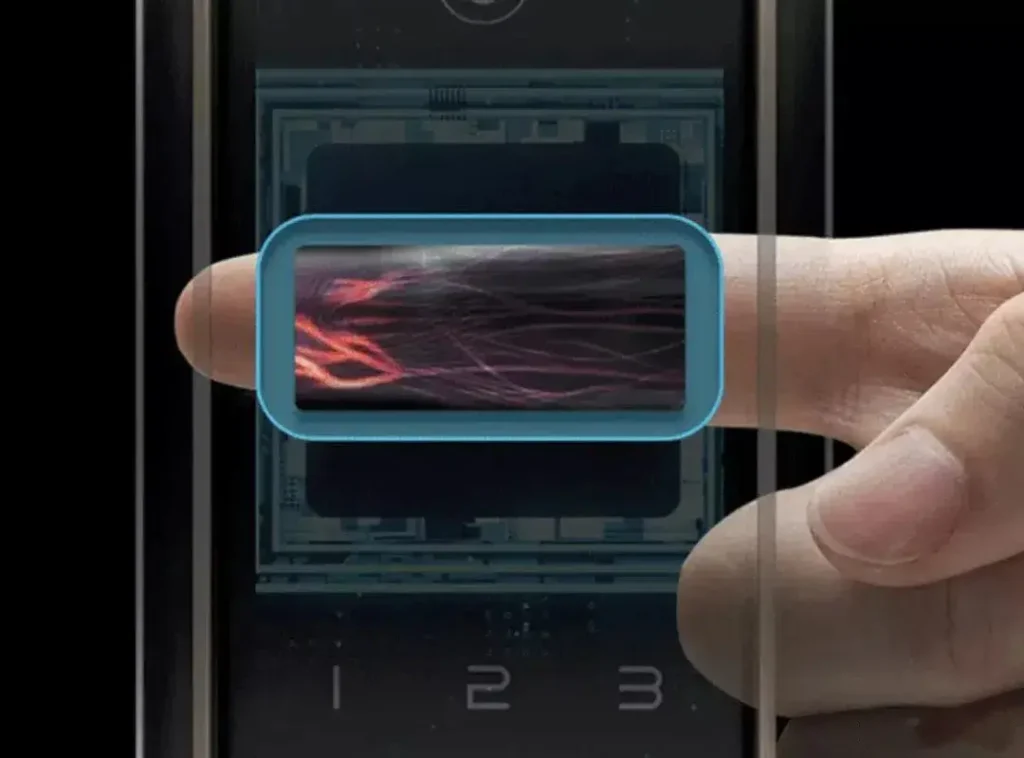
Conclusion: If your household doesn’t include elderly individuals, a fingerprint recognition smart lock will likely meet your needs at a lower cost. For homes with elderly residents, facial or finger vein recognition is recommended.
2. Consider the Importance of Auxiliary Functions
While the primary function of a smart lock is to secure your home, auxiliary features can significantly enhance convenience and security. Some of the most common auxiliary functions include:
- Electronic Doorbell: This feature is integrated into the exterior door handle, allowing visitors to ring the bell without knocking. Advanced models can send alerts to your smartphone and even allow you to communicate with visitors remotely. For those living alone, some doorbells offer a voice-changing function to add an extra layer of security.
- Electronic Peephole: An electronic peephole can be installed on the door handle, providing a live video feed of who is at your door. It can also record suspicious activity and send alerts to your phone if someone attempts to tamper with the lock.
- Smart Home Integration: Many smart locks can be connected to a smart home ecosystem like Mi Home or Apple HomeKit. This allows you to link your door lock with other smart devices, such as automatically turning on lights or starting the TV when you unlock the door. If you often have your hands full when entering your home, voice commands like “Hey Siri, unlock the door” can be a game-changer.
Conclusion: Auxiliary features like electronic doorbells and peepholes can add significant value to your smart lock. If these features align with your lifestyle, they are worth the investment.
3. Evaluate Battery Life and Power Options
Battery life is a critical factor to consider when choosing a smart lock, especially for fully automatic models. The power consumption of a smart lock depends on the features it includes. For instance, electronic peepholes and doorbells can drain the battery faster.
- Dual Battery Systems: The most reliable smart locks feature dual battery systems—one powering the lock itself and the other for auxiliary features like the peephole. This ensures that even if the auxiliary battery is depleted, the core functions of the lock remain operational.
- Battery Life: On average, fully automatic smart locks powered by 8 lithium iron batteries can last up to a year. For models with high power consumption due to additional features, it’s crucial to opt for a dual battery system to maintain functionality without frequent battery replacements.
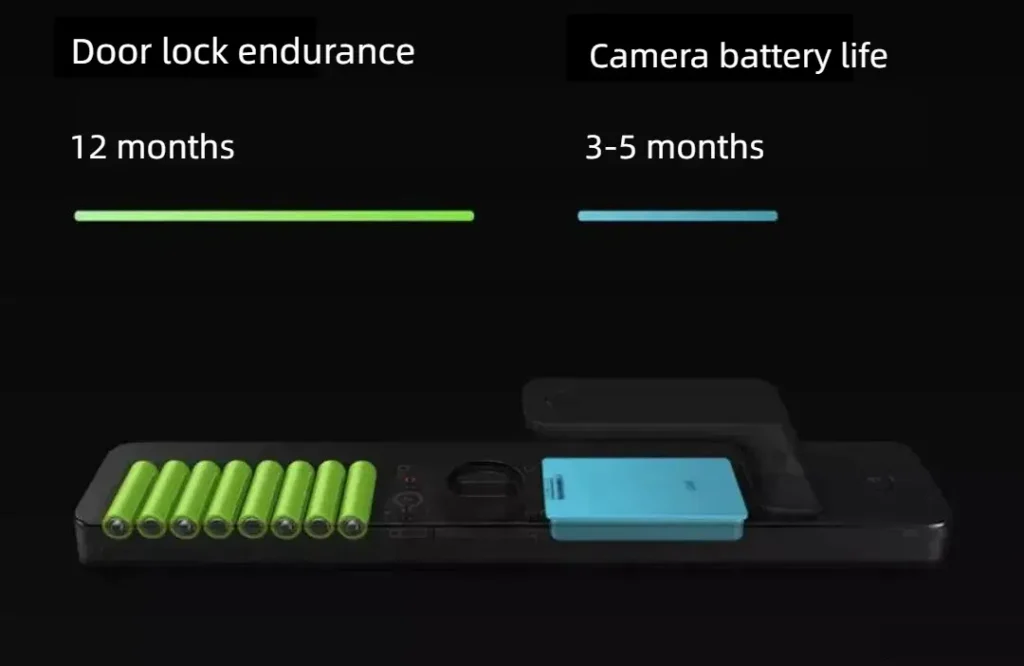
Conclusion: Choose a smart lock with a dual battery system if it includes power-hungry features like electronic peepholes. This will ensure long battery life and reduce the inconvenience of frequent battery changes.
4. Fully Automatic vs. Semi-Automatic Lock Body
The structure of the lock body is another important consideration. Smart locks on the market typically fall into two categories: fully automatic and semi-automatic.
- Fully Automatic Lock Body: In a fully automatic smart lock, once the fingerprint or facial recognition is successful, the motor inside the lock automatically rotates to unlock the cylinder. This means you only need to gently push the door to enter.
- Semi-Automatic Lock Body: Semi-automatic locks require you to manually press the handle to unlock the door after the recognition process. These are generally less expensive and are mostly found in entry-level smart locks, making them suitable for rental properties or budget-conscious buyers.
Conclusion: If budget allows, fully automatic smart locks are the preferred choice for their ease of use and convenience. Semi-automatic locks are becoming less common and are best suited for budget installations.
5. Connectivity and Internet Capabilities
The ability to connect your smart lock to the internet can greatly enhance its functionality. Smart locks with internet connectivity offer a range of features, including:
- One-Time Passwords: If you have guests arriving while you’re out, you can issue a one-time password that allows them to enter your home. This password automatically expires after use, adding an extra layer of security and convenience.
- Remote Monitoring: Internet-connected smart locks can send alerts to your phone if someone tries to tamper with the lock. You can also remotely check the status of your lock, ensuring your home is secure even when you’re away.

Conclusion: Opt for a smart lock with internet connectivity to take full advantage of remote monitoring and control features, especially if you frequently have visitors or need to monitor your home while away.
6. Security Features: Beyond Smart Functionality
While smart features are important, the primary function of a lock is to secure your home. Therefore, the security level of the lock core is a critical factor to consider.
- C-Grade Lock Core: The lock core is the first line of defense against intruders. A C-grade lock core offers superior resistance to picking and tampering, providing peace of mind against potential break-ins.
- Anti-Peephole Pry Function: Intruders have developed methods to manipulate door locks through the peephole. Advanced smart locks have anti-peephole features that prevent the lock from being tampered with in this way.
Conclusion: Ensure your smart lock has a C-grade lock core and anti-peephole pry functions for maximum security. Avoid cheap, unknown brands that may compromise on these essential safety features.
7. Considerations for Comfort and Usability
In addition to security, comfort and usability are important factors when choosing a smart lock. Some smart locks come with features that enhance the overall user experience, similar to luxury options in cars.
- Keyless Entry: A keyless entry system eliminates the need to carry keys, providing convenience for daily use.
- Customizable Settings: Some smart locks allow you to customize settings, such as setting a preferred method of unlocking or adjusting the sensitivity of facial recognition.
Conclusion: Choose a smart lock that offers the comfort and usability features that best suit your lifestyle. While these features are not essential, they can greatly enhance your experience.
8. Brand Reputation and After-Sales Support
When investing in a smart lock, it’s crucial to choose a reputable brand that offers reliable products and excellent after-sales support. Here are a few well-known brands in the smart lock industry:
- Luke: Known for its innovative features and robust security, Luke offers a range of smart locks from fingerprint to facial recognition models.
- Deshmann: With a strong offline presence, Deshmann is a trusted brand that provides excellent after-sales service, making it a good choice for those who prefer in-store purchases.
- Xiaomi: A leader in smart home technology, Xiaomi’s smart locks are known for their seamless integration with other Xiaomi devices, offering a comprehensive smart home experience.
Conclusion: Stick with reputable brands like Luke, Deshmann, and Xiaomi to ensure you receive a quality product with reliable support.
9. Price and Value for Money
Smart locks come in a wide range of prices, from budget-friendly options to high-end models. It’s important to balance price with the features and quality you’re getting.
- Entry-Level Models: If you’re on a tight budget, entry-level models like Xiaomi E or Kaidi Shi F1 offer basic functionality at an affordable price, making them suitable for rental properties or secondary doors.
- Mid-Range Models: For those willing to spend a bit more, mid-range models offer a good balance of advanced features and affordability. Look for models that include fully automatic lock bodies and essential smart features.
Conclusion: Determine your budget and choose a smart lock that offers the best value for your money, keeping in mind the features and security levels that are most important to you.
10. User Reviews and Recommendations
Before making a final decision, it’s always a good idea to check user reviews and recommendations. Reading about other users’ experiences can provide valuable insights into the real-world performance and reliability of the smart lock you’re considering.

